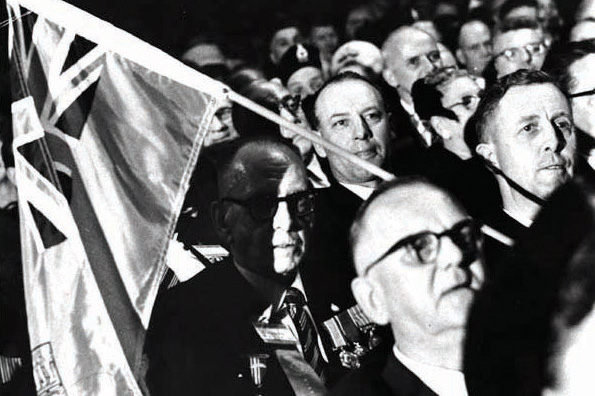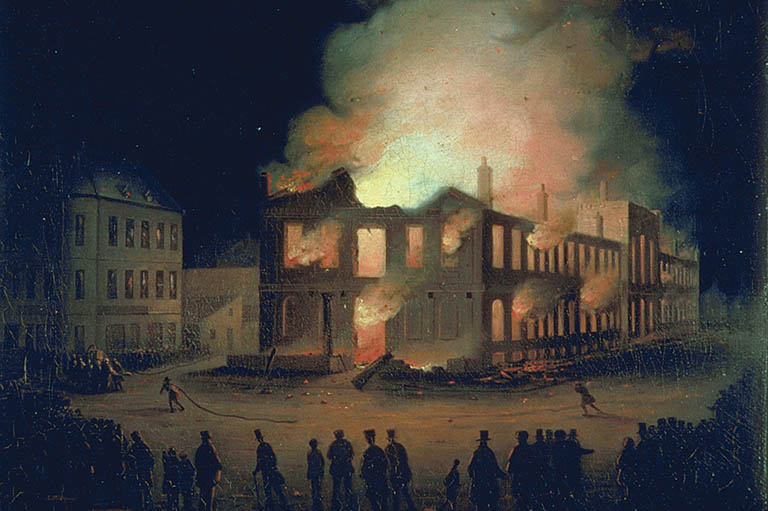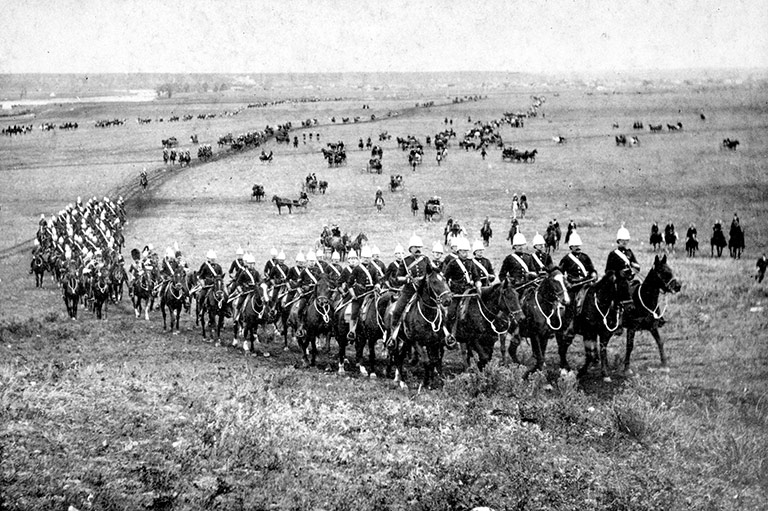Nine Who Made a Difference
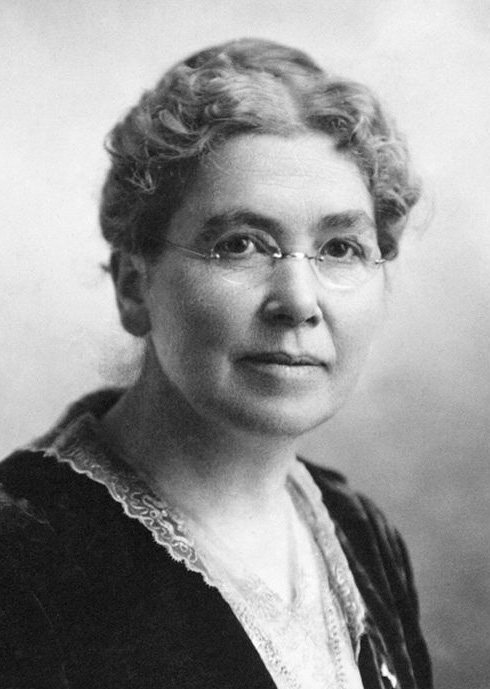
The Crusader
Louise McKinney became an Alberta MLA in 1917, one of the first two women in Canada to be elected to a legislature. (The other was Roberta MacAdams, a nursing sister in the First World War, who was elected by Alberta military voters serving overseas.) Born Louise Crummy in 1868, she grew up in Leeds County, Ontario, and attended teachers training college in Ottawa.
After living for a time in North Dakota, she married ex-Ontarian James McKinney and settled at Claresholm, Alberta. She was elected president of the combined Alberta and Saskatchewan Women’s Christian Temperance Union in 1908, and four years later, when two separate provincial organizations were set up, she continued as president of the Alberta branch, a position she held until her death in 1931.
In addition to campaigning against the liquor evil, McKinney assailed the “white slave traffic,” as prostitution was then known. She worried about the allegedly degrading influence of non-Anglo-Saxon immigrants, even questioning at one point whether they should be allowed to vote. Conversely, she believed that Anglo-Saxon women had a solemn duty to take part in politics in order to ensure for the nation “a higher standard of character and purer habits of life.”
Although McKinney served only one term in the Alberta legislature, she returned to the spotlight in 1927 as one of the Famous Five who launched a court case to determine the legal status of women. On October 18, 1929, the British Privy Council, then the highest court of appeal, declared that women were indeed “persons” under the law, a landmark in the evolution of women’s rights in Canada.
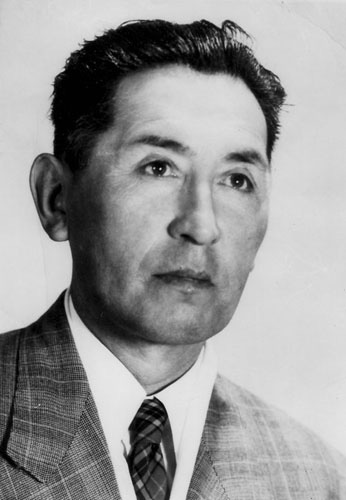
The Activist
When John Tootoosis was twenty-five years old, he paid a visit to an elderly aunt. After they had talked for a while, she left the room and returned with a cloth bundle. Unwrapping it, she took out Chief Poundmaker’s treaty medal, the whereabouts of which had been a mystery for a long time. She had saved it until she found someone she considered worthy to receive it.
Poundmaker helped negotiate Treaty 6 in 1876 and played a statesmanlike role during the 1885 Rebellion, sparing the Canadian militia major casualties at the Battle of Cutknife Hill. Tootoosis, his grandnephew, was born on July 18, 1899.
It soon became evident that he shared many of the qualities of his famous ancestor. When the local Indian agent tried to lease five sections of Poundmaker Reserve to a white farmer, twentyone-year-old Tootoosis went to see a lawyer. He was told that if the land were fenced, the lease could be blocked. Tootoosis went back to the reserve, organized a work party, and put up the fence.
He became active in the League of Indians, an organization that had been founded in 1919 to protect native rights and treaties. Travelling throughout the West, he held countless meetings and workshops to build up the organization. It was slow work. Funds were scarce, and Indian Affairs officials threatened to charge him with trespassing when he entered reserves other than his own. He was elected secretary and organizer for the prairie region in 1932 and president of the League of Indians of Western Canada in 1934.
After the Second World War, he headed the Union of Saskatchewan Indians, which has since evolved into the Federation of Saskatchewan Indian Nations. He died in 1989, having succeeded in his mission of carrying forward Poundmaker’s quest into the twentieth century.
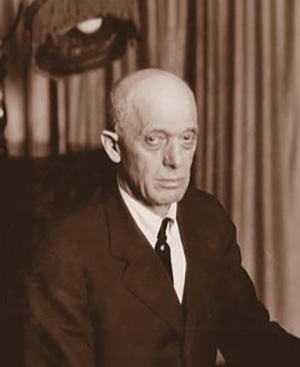
The Theorist
Henry Wise Wood was born in Missouri in 1860, the son of a slaveholder who fought on the Confederate side in the Civil War. Dissatisfied with managing his father’s farm and wanting land of his own, he moved to Alberta in 1905. He took up wheat farming near Carstairs, not far from Calgary, and immersed himself in the work of farm organizations.
A member of the Campbellite Church, also known as the Disciples of Christ, Wood developed a theory of history based on the interplay of two opposing laws: what he called “the false law of competition” and “the true law of cooperation.” Farmers, he believed, embodied the spirit of cooperation, evident, for example, in the formation of the wheat pool. Their cause was bound to succeed since, as Wood expressed it, “the Supreme Power that flung the numberless hosts of worlds out into infinite space … has this work in hand and will not let it fail.”
The premiership of Alberta was Wood’s for the asking, but he declined the office because he feared his American background would be held against him. He need not have worried. When he died in 1941, he was widely regarded as “the uncrowned king of Alberta” and “the Canadian Abraham Lincoln.”
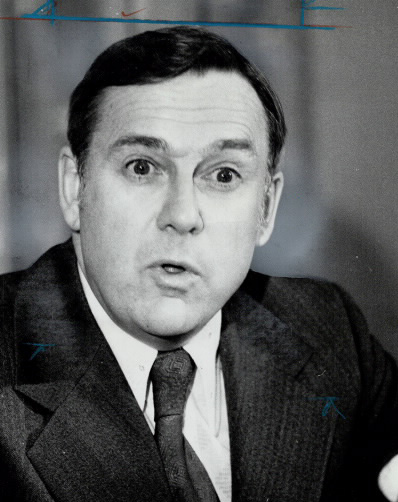
The Public Servant
Allan Blakeney was born in 1925 in Bridgewater, Nova Scotia, where his father, a Tory of British Empire Loyalist stock, operated a wholesale grocery store. He enrolled at Dalhousie University law school, graduating at the top of his class, and won a Rhodes scholarship to Oxford. While still a university student, he joined the CCF party, a radical gesture for an up-and-coming lawyer in conservative Nova Scotia.
Completing his university education in 1949, he took a job as the secretary and legal advisor to the Saskatchewan Government Finance Office, which was the holding company for the province’s Crown corporations. As part of a talented group of senior public servants that included Al Johnson and Tommy Shoyama (later, respectively, president of the CBC and federal deputy minister of finance), Blakeney adjusted readily to life in Saskatchewan. His experience with Crown corporations confirmed his view that there was “no mystique in private management.”
He thought that public sector companies could operate as efficiently as private ones and, at least in some cases, with more socially desirable results. After a stint as head of the Saskatchewan Securities Commission, he entered private law practice as a springboard into politics. Elected MLA for Regina in 1960, he vaulted directly into the cabinet as minister of education and, one year later, minister of finance.
As leader of the Saskatchewan NDP, he scored a massive election victory over the incumbent Liberals in 1971. He continued as premier until 1982 when he suffered an equally decisive defeat at the hands of the Conservatives. Blakeney retired from p
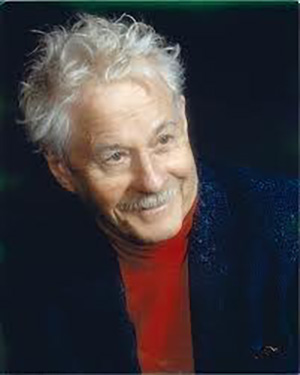
The Writer
T hough born and raised in Saskatchewan, W.O. Mitchell spent most of his adult life in Alberta, and both provinces claim him as one of their own. He drew heavily on his Weyburn boyhood to write Who Has Seen the Wind, with its classic opening sentence: “Here was the least common denominator of nature, the skeleton requirements simply, of land and sky – Saskatchewan prairie.”
He also incorporated into the story characters and situations that he encountered as a teacher in small-town Alberta in the early 1940s. W.O. Mitchell’s fiction, while rooted in the landscape of Saskatchewan and Alberta, speaks to universal themes. Living on the prairies means that it is possible to walk two blocks from the last house on the street and enter an eternal, incomprehensible immensity, a symbol for Mitchell of the mystery of existence.
Brian O’Connal, the central character in Who Has Seen the Wind, runs away from his uncle’s farm, where he is staying while his parents are away, and spends the night sleeping in a haystack: “As the wind mounted in intensity so too the feeling of defencelessness rose in him. It was as though he listened to the drearing wind and in the spread darkness of the prairie night was being drained of his very self.”
That night, as Brian later learns, his father dies on a hospital operating table. W.O. Mitchell, in the guise of telling a simple story about a boy growing up in a small town, invested the prairies with metaphysical significance.
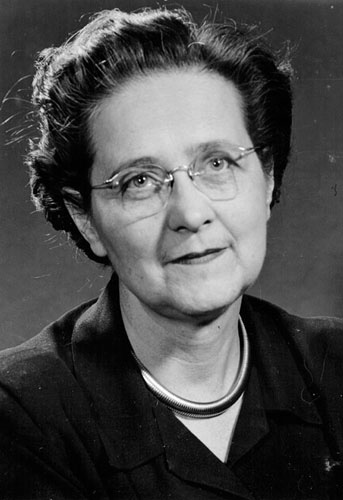
The Feminist
Marjorie Cooper, née Lovering, was born in Winnipeg in 1902. Her father had been a Methodist missionary in British Columbia and her mother a prominent temperance worker. she taught in one-room country schools until she married Ed Cooper, also a schoolteacher. Marriage in the 1920s often meant the end of paid work for women, and Cooper settled down to a life centred on looking after her husband and two daughters.
She became active in community organizations, especially the YWCA and the Regina Council of Women. In 1945 the Saskatchewan government appointed her to the Labor Relations Board, which was responsible for enforcing the Trade Union Act. Cooper in 1952 sought the CCF nomination in the three-member Regina constituency – a bold move. From 1938 to 1964, only 3.1 percent of all Saskatchewan CCF candidates were women.
She won the seat and took her place as the only female member of the legislature. Reelected three times, she retired in 1967, never having experienced defeat at the polls. Defining herself primarily as a wife and mother, she saw feminism as an extension of maternalism. One of her main goals as a legislator was to make the world a safer and happier place for children. But she also had a steely side.
When the Regina Leader-Post asked to take a picture of her baking a cake, she declined, preferring to be photographed at work in her office. However, she did not object when at the beginning of each new sitting of the legislature, her male colleagues placed a fresh bouquet of flowers on her desk.

The Politician
Peter Lougheed was the grandson of Sir James Lougheed, a prominent Conservative lawyer who arrived in Calgary in 1882 and at age thirty-five was appointed the youngest member of the Canadian Senate. In a speech delivered in 1889, Sir James predicted that the natural resources of Alberta would make it one day “the dominant portion of the Dominion.”
One hundred years later, his grandson was locked in a battle with Ottawa for control of those resources. Despite his illustrious heritage, Peter Lougheed was not born with a silver spoon in his mouth. Most of the family fortune was lost in the 1930s Depression, and his father sought consolation in alcohol. Lougheed studied law at the University of Alberta and, though a mere 160 pounds, played football for the Edmonton Eskimos.
After earning a master’s degree in business administration at Harvard, he accepted a position as secretary and legal advisor to the Calgary-based Mannix holding company. Owner Fred Mannix was the archetypal, freewheeling entrepreneur involved in a variety of business ventures including construction, ranching, coal mining, oil, and gas.
Lougheed rose up the ladder to become vice president and director, learning from the inside how a successful private-sector corporation operates. He left Mannix in 1961, set up his own law firm, and entered politics.
His biggest gamble was accepting in 1965 the leadership of the moribund provincial Progressive Conservatives, a party that had no seats, no money, and no organization. Six years later he ended the thirty-six-year-old Social Credit dynasty, capturing forty-nine of seventy-five seats in the legislature. He won overwhelming victories again in 1975, 1979, and 1982 before retiring as premier in 1985.
Sign up for any of our newsletters and be eligible to win one of many book prizes available.
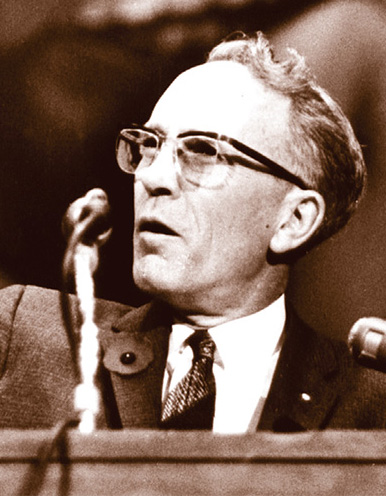
The Socialist
Born in 1904 in Falkirk, Scotland, Tommy Douglas arrived in Winnipeg with his parents and sister in 1911. Although his father’s income supported a respectable working-class standard of living, there was no money for luxuries or unexpected emergencies. When Douglas developed osteomyelitis in one leg, the doctors said they would have to amputate.
By chance, an orthopedic specialist came through the hospital ward and agreed to perform surgery to save the leg as a “teaching project for his students.” The incident left a deep impression on the future founder of medicare. Douglas apprenticed as a printer, and by age sixteen had a union card and operated a linotype machine.
He was active in church groups, joined the Boy Scouts, and won the Manitoba Lightweight Boxing Championship in 1922. He chose a career as a Baptist minister, but his social gospel beliefs soon propelled him into politics. He was elected in 1935 as the CCF member of Parliament for Weyburn and reelected in 1940. In 1942 he took over the leadership of the Saskatchewan CCF and led the party to victory in 1944.
Undefeated in five elections, he resigned as premier in 1961 to become national leader of the NDP, a post he held for ten years. Although the Saskatchewan magic did not quite transfer to the national scene, Douglas was known for his strong convictions, including a principled stand against the War Measures Act in 1970. He died in 1986, his status as a Canadian icon assured.
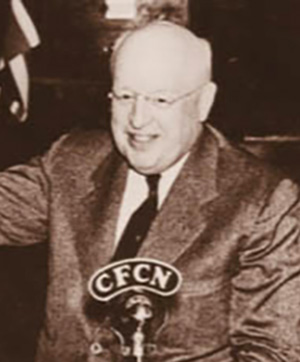
The Preacher
Born in 1878, William Aberhart grew up on a farm in Perth County, Ontario. He attended teachers college and earned a B.A. degree taking correspondence courses from Queen’s University. A stimulating, if authoritarian, teacher, he assigned each of his students a three-digit number by which he addressed them, and stamped their assignments with a rubber stamp that read “Checked by Wm. Aberhart.”
In 1910 Aberhart, his wife Jessie, and daughters Ola and Khona moved to Calgary, a city of 50,000, where cowboys still rode into town for the cattle market and “the smell of horse manure permeated the air.” He established himself as a respected citizen – by day the highly efficient principal of Crescent Heights High School and by night and on weekends a lay preacher, Bible school instructor, and youth group leader.
He got by with as little as four hours of sleep per night and was even rumoured to start his Buick in second gear, rather than first, in order to save time. Aberhart was uninterested in politics until the 1930s, when he embraced an obscure monetary panacea called social credit. Against all odds, he took the province by storm and won the 1935 election. As premier, he lived with his wife in a two-room suite at Edmonton’s Hotel Macdonald where he held cabinet meetings.
His wife sat in the corner knitting and occasionally interjecting, “Now, now William,” when his temper got the better of him. Although the federal government vetoed his social credit legislation, Aberhart was re-elected in 1940 and died in office in 1943, largely as a result of “overwork, lack of sleep and inordinate stress.”
More
We hope you will help us continue to share fascinating stories about Canada’s past.
We highlight our nation’s diverse past by telling stories that illuminate the people, places, and events that unite us as Canadians, and by making those stories accessible to everyone through our free online content.
Canada’s History is a registered charity that depends on contributions from readers like you to share inspiring and informative stories with students and citizens of all ages — award-winning stories written by Canada’s top historians, authors, journalists, and history enthusiasts.
Any amount helps, or better yet, start a monthly donation today. Your support makes all the difference. Thank you!
We hope you will help us continue to share fascinating stories about Canada’s past.
We highlight our nation’s diverse past by telling stories that illuminate the people, places, and events that unite us as Canadians, and by making those stories accessible to everyone through our free online content.
Canada’s History is a registered charity that depends on contributions from readers like you to share inspiring and informative stories with students and citizens of all ages — award-winning stories written by Canada’s top historians, authors, journalists, and history enthusiasts.
Any amount helps, or better yet, start a monthly donation today. Your support makes all the difference. Thank you!
Themes associated with this article
Advertisement
You might also like...

Canada’s History Archive, featuring The Beaver, is now available for your browsing and searching pleasure!

Beautiful woven all-silk necktie — burgundy with small silver beaver images throughout. Made exclusively for Canada's History.

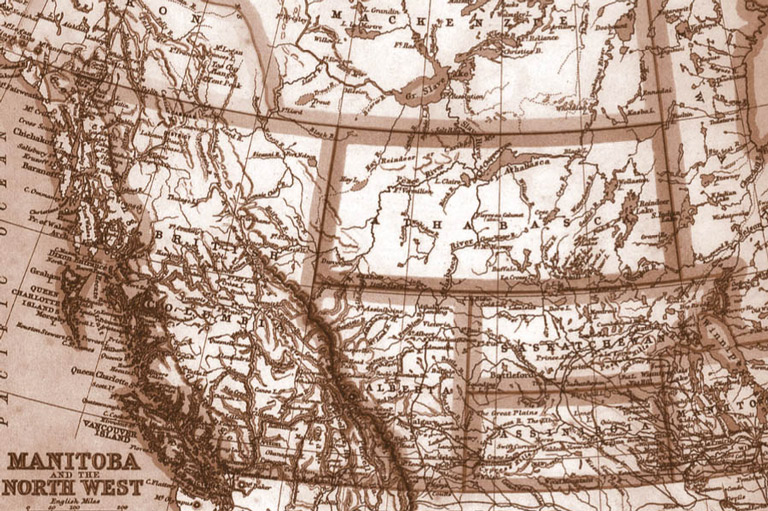
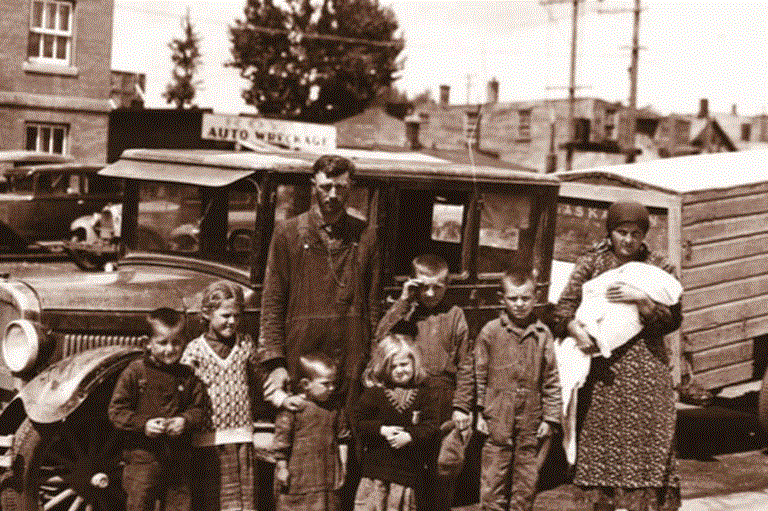
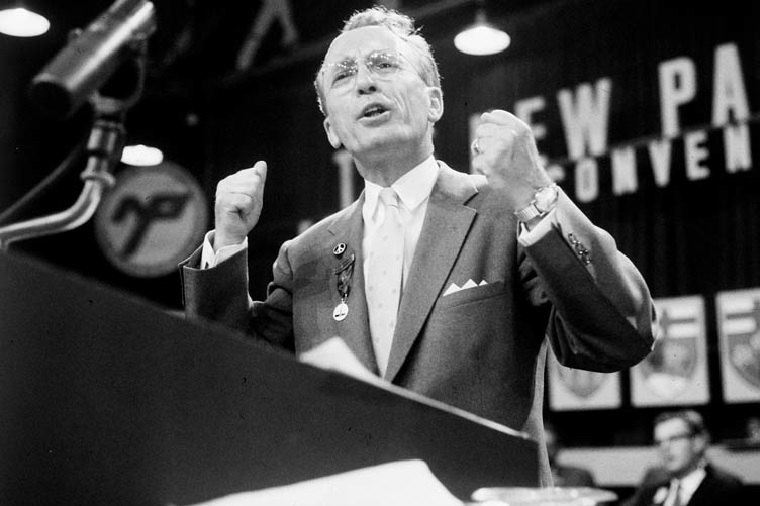
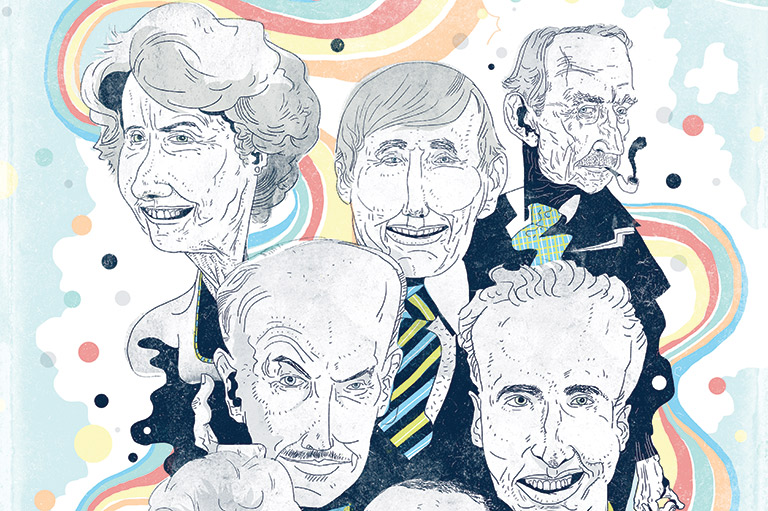
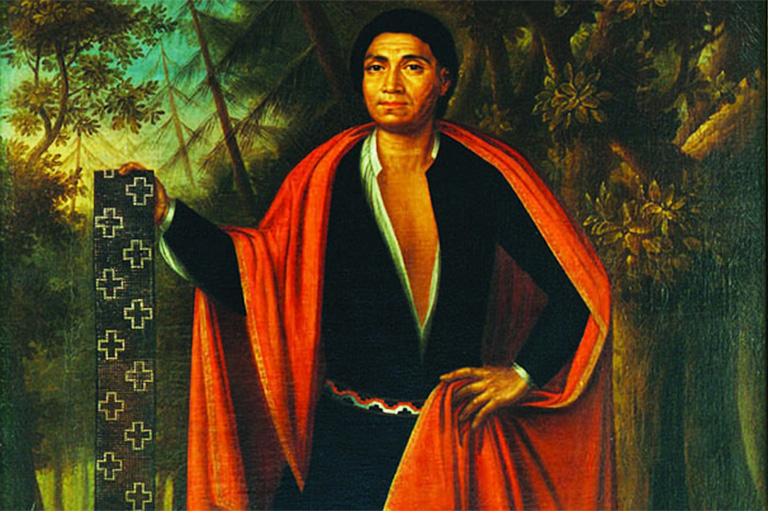
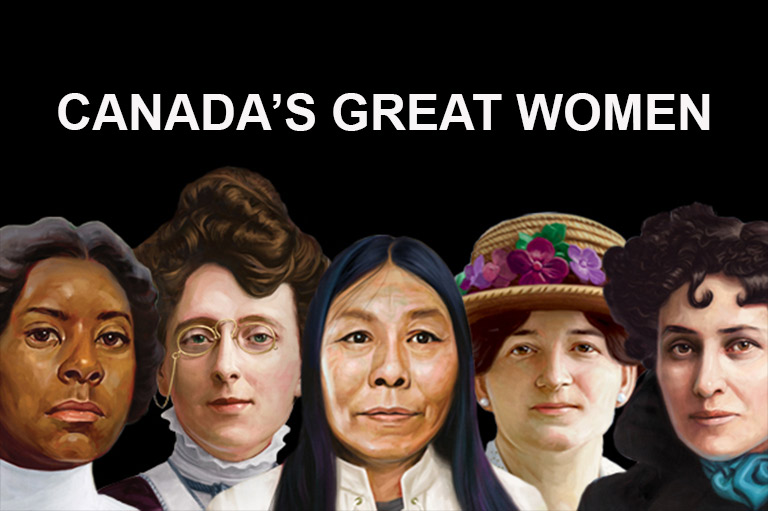
.jpg?ext=.jpg)
